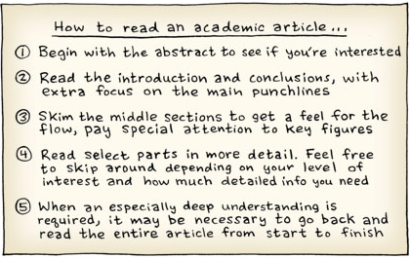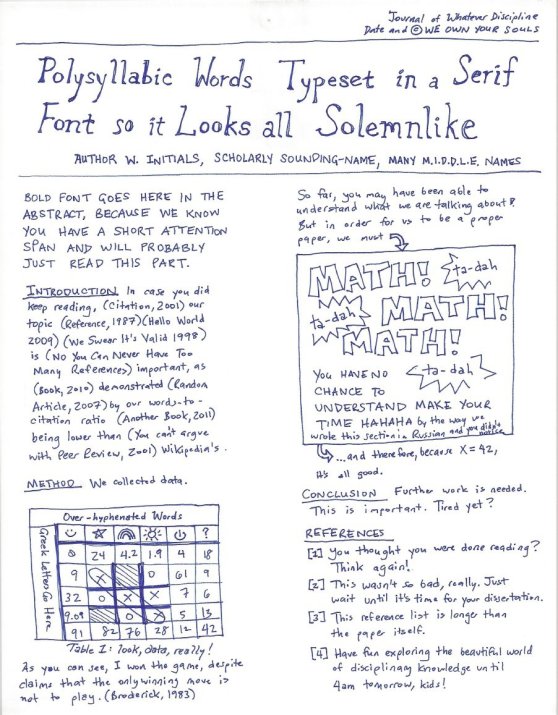Disclaimer: this is not meant to be a thorough analysis — rather, an exploration of an interesting concept using back-of-the-envelope calculations. Additional investigations using the same (or more recent) data are encouraged, as is criticism. And if anyone can find a location online with digitized parking lots, please let the lady know? The internet seems to have a dearth of ’em.
A lot of fuss has been caused recently by the Indiegogo Solar Roadways campaign. People seem to have a great many Feelings for and against, but few commentators seem to be crunching any numbers. Just how feasible could this idea be, for a relatively small community?
For this analysis, I’ll be using open-source parking lot and road shapefiles provided by the city of Bloomington, Indiana. Surface area polygons for the former were created by using Feature to Polygon in ArcGIS’s Data Management toolbox; the latter by creating buffer zones of ~3 meters around road center lines. Neither are perfect measurements, and neither are intended to be.
Size of central Monroe county: 86.3 square miles
Surface area of parking lots: 6.11 square miles
Surface area of roadways: 2.5438 square miles
Number of households in Bloomington (2012 US census): 31,425
Average energy consumption of a household, 2012: 10,837 kWh per year
Annual energy requirements for Bloomington: 34,0552,725 kWh
Using this thing, with metrics from the Kyocera – KD-205GX-LP (which operates at 14% efficiency), in Bloomington, IN, a solar panel measuring a single square foot would be expected to glean 0.2 kWh per year.
1 square mile = 27,878,400 square feet
8.6538 miles (from above calculations) = 241,254,098 square feet…
…which gives us a (rough) estimate of 48,250,819.6 kWh per year. This more than covers the yearly requirements calculated before for Bloomington.
Of course, this isn’t taking into account the actual efficiency of Solar Roadways, rural households living outside of Bloomington, energy loss in transportation, [insert laundry list of items here], but it is interesting to think about. Though large cities would have difficulty obtaining enough surface area for all their citizens, small communities could benefit greatly from the implementation of a program like Solar Roadways.




You must be logged in to post a comment.